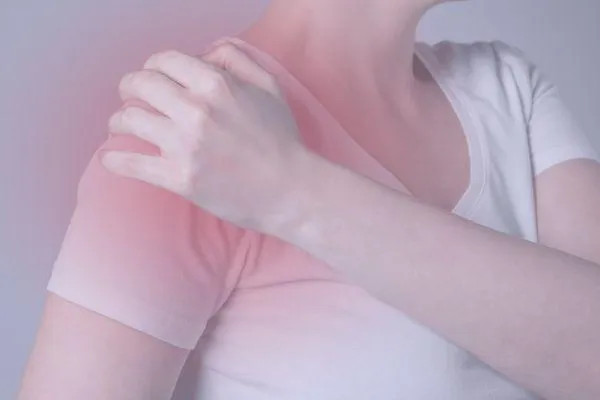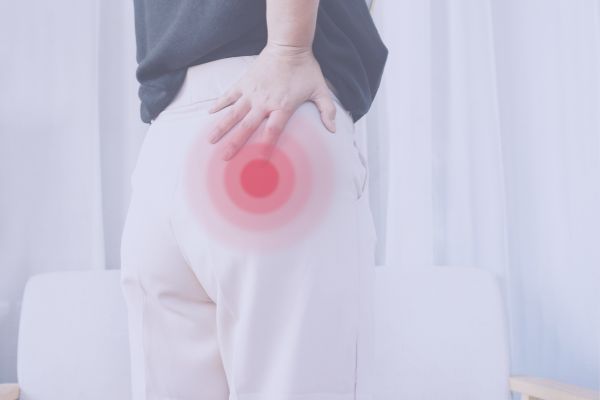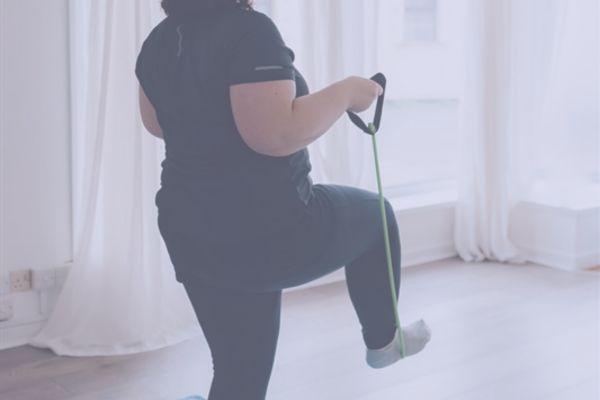
Joint Pain and Menopause
Introduction:
Joint pain during menopause is a common concern among women due to the hormonal changes that occur. As oestrogen levels decrease during peri and post-menopause, various factors contribute to joint discomfort:
Reduced oestrogen levels can cause stiffness in tendons, muscles, and ligaments, leading to pain and inflammation. Common sites of tendinopathy include the shoulder (rotator cuff), outside of the hip (gluteal muscles), and ankle (Achilles tendon).

Osteoarthritis, characterised by wear and tear on joint cartilage, becomes more prevalent after menopause due to oestrogen decline. Oestrogen has anti-inflammatory properties and helps maintain joint lubrication, so its reduction increases the risk of joint wear.
Weight gain during menopause, often attributed to decreased metabolism and activity levels, exacerbates joint issues, especially osteoarthritis, by placing additional pressure on the joints.
Osteoporosis risk increases after menopause as bone density decreases. This condition makes bones more prone to fractures, resulting in chronic back pain from wedge fractures of the spine.
Decreased muscle mass, caused by declining testosterone levels during peri and post-menopause, reduces joint support, potentially leading to pain and discomfort.
To alleviate joint pain during menopause, consider the following strategies:
Ensure quality sleep, as deep sleep aids in the body's repair processes. Establish a consistent sleep schedule, practice a wind-down routine, and limit screen time before bed to improve sleep quality.
Follow a Mediterranean diet, rich in anti-inflammatory foods like fruits, vegetables, and fatty fish, to manage menopause symptoms. Avoiding inflammatory foods such as sugar and processed meats can also help reduce inflammation.

Engage in regular exercise, incorporating resistance training, stretching, and cardiovascular activities to maintain muscle strength and joint flexibility. Consult with a physiotherapist for specific exercises tailored to your needs.
Practice relaxation techniques to reduce stress levels and lower cortisol, the stress hormone, which can exacerbate pain and inflammation.
Address mental health concerns such as depression, which often accompanies menopause and can worsen pain perception. Additionally, prioritise addressing sleep disturbances to support overall well-being and pain management.
For personalised guidance and support in managing joint pain during menopause, consult with a physiotherapist such as myself. I can provide tailored treatment plans to address your specific needs and improve your quality of life.
